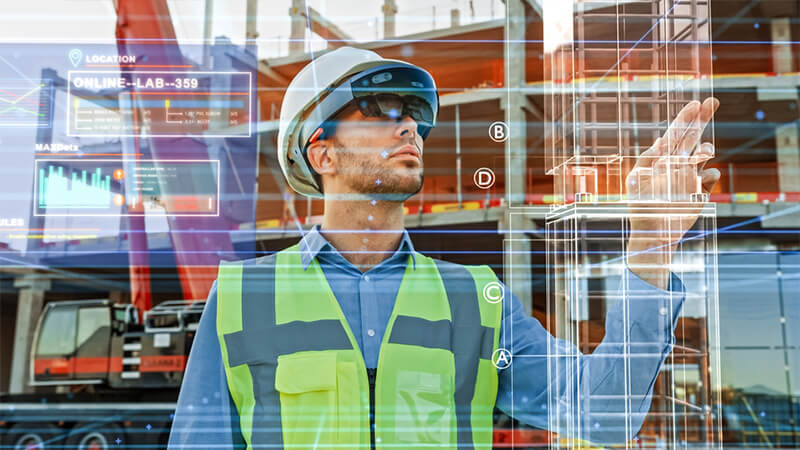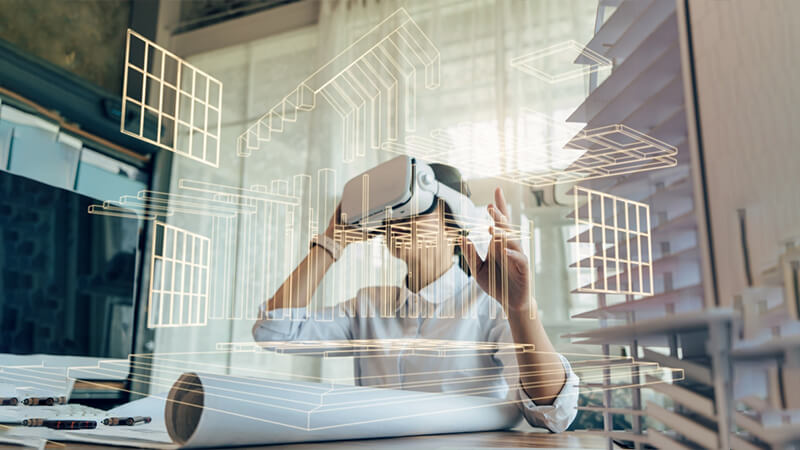In the midst of rapid technological advancement, the real estate industry has been steadily modernizing its operations, integrating innovations to provide superior services to clients. One of the most impactful technological advances reshaping this sector is the application of Augmented Reality (AR) and Virtual Reality (VR), enabling an unprecedented level of immersive customer experience.
AR and VR are bringing in new ways to explore properties without leaving the comfort of home. A virtual tour can help potential buyers or renters explore a property at their own pace and review details often missed during a physical visit. This use of technology is not only convenient but also a timesaver for both parties involved.
Moreover, VR can create a full immersive experience where customers can virtually ‘walk’ through properties. This becomes incredibly useful for off-plan properties where construction is not yet complete or even started. It allows developers to present a lifelike representation of the final product, making it easier for prospective buyers to visualize the space and make an informed decision.
In contrast, AR brings an added layer of interactivity and personalization. It enables potential homeowners to superimpose their own furniture into an empty space, giving them a better idea of how their own belongings would fit into the property. They can even modify the wall colors or floor coverings to match their preferences, ultimately providing an enriched experience.
This AR/VR-driven visualization not only benefits the residential market but also extends to commercial real estate. For large scale projects such as shopping centers, office buildings or industrial parks, being able to visualize the space in its final form is a substantial advantage. For instance, AR/VR can help investors understand foot traffic flow in a mall or office ergonomics, contributing to better spatial planning and design.
Despite these advantages, there are also challenges and considerations. High-quality AR/VR experiences require a significant investment in equipment and software development. The industry also needs to tackle the digital literacy gap among its customers, especially the older population who might find these technologies daunting.
Moreover, while AR/VR technologies enhance property visualization, they don’t replace the tactile feel and emotional connection one gets from a physical visit. The industry should, therefore, strike a balance between technology use and human interaction to maintain a holistic customer experience.
In conclusion, AR and VR technologies are powerful tools that are changing the landscape of the real estate industry. These technologies are bridging gaps, enhancing experiences, and offering exciting potential for both realtors and clients alike. As we journey further into the digital era, embracing such innovations is no longer optional but a necessity for businesses aiming to stay relevant and competitive in the market.



